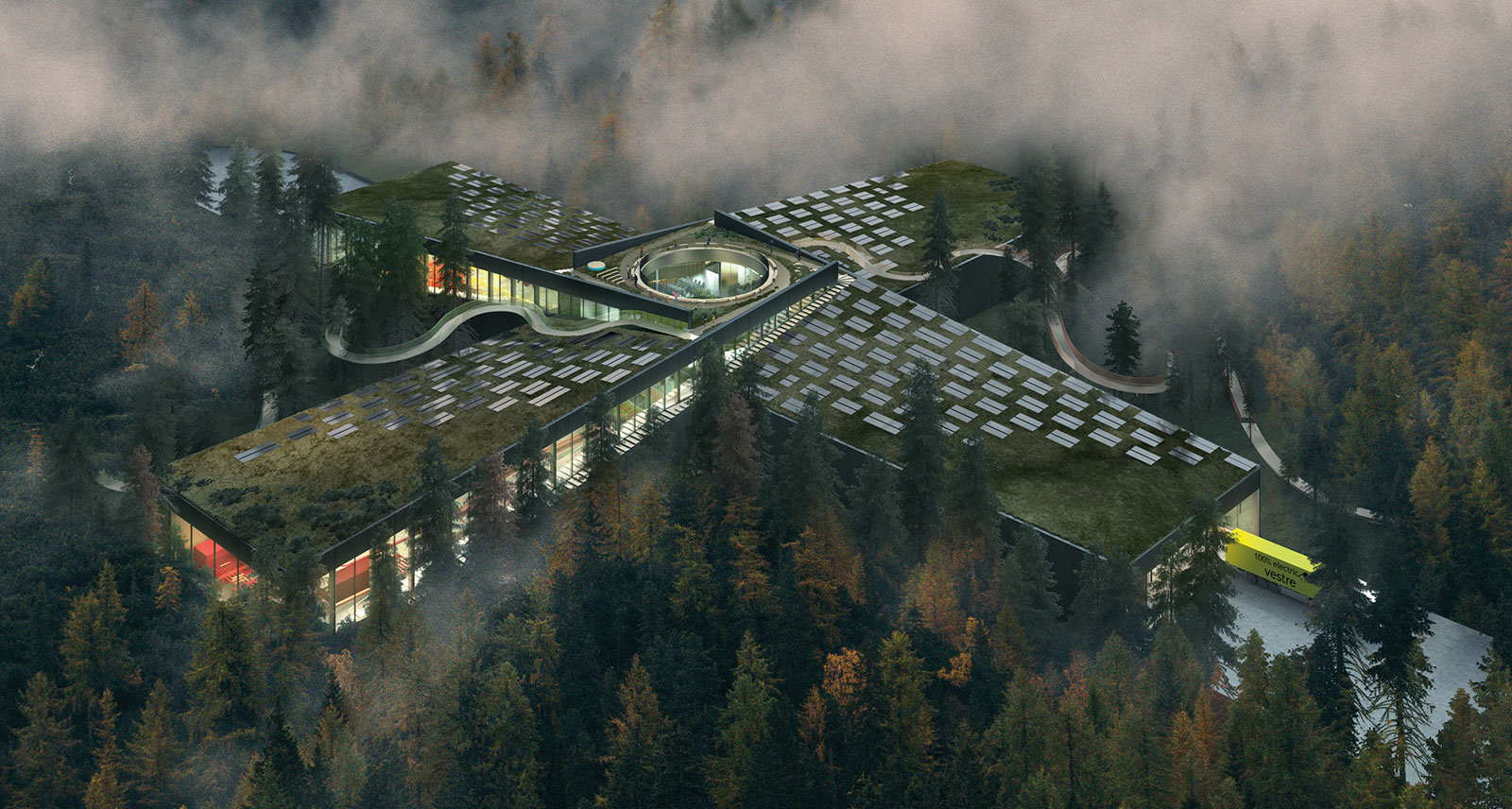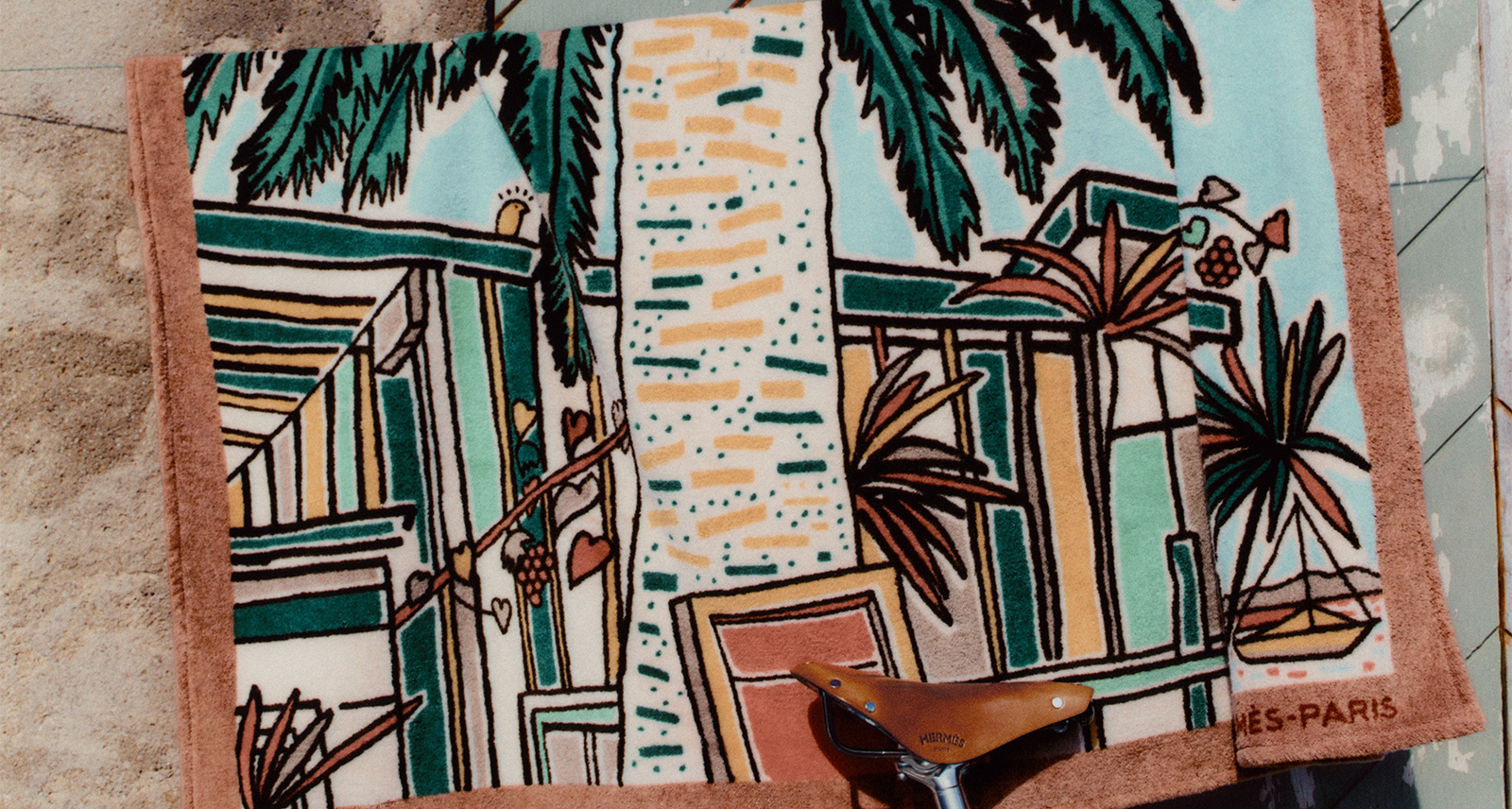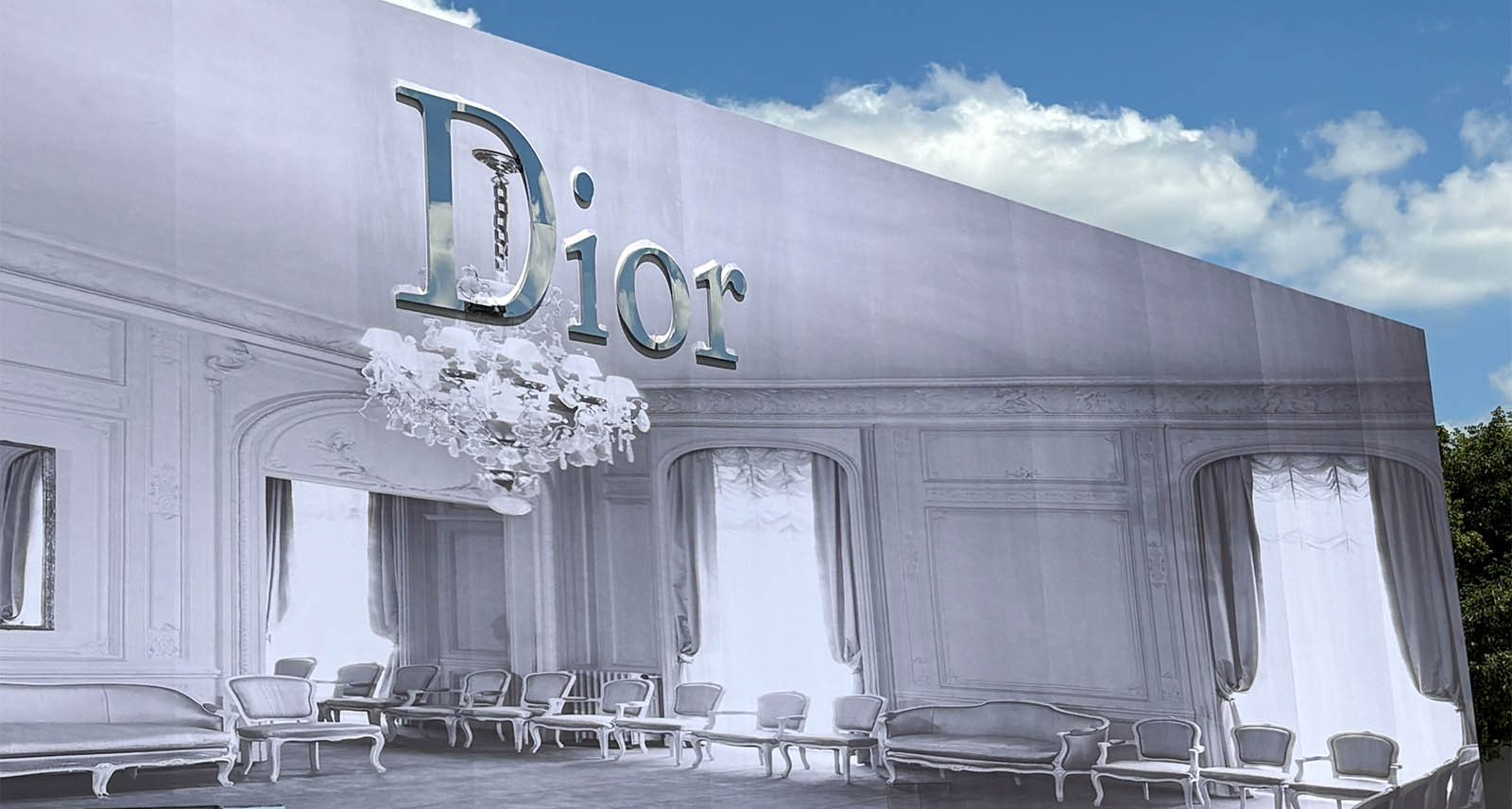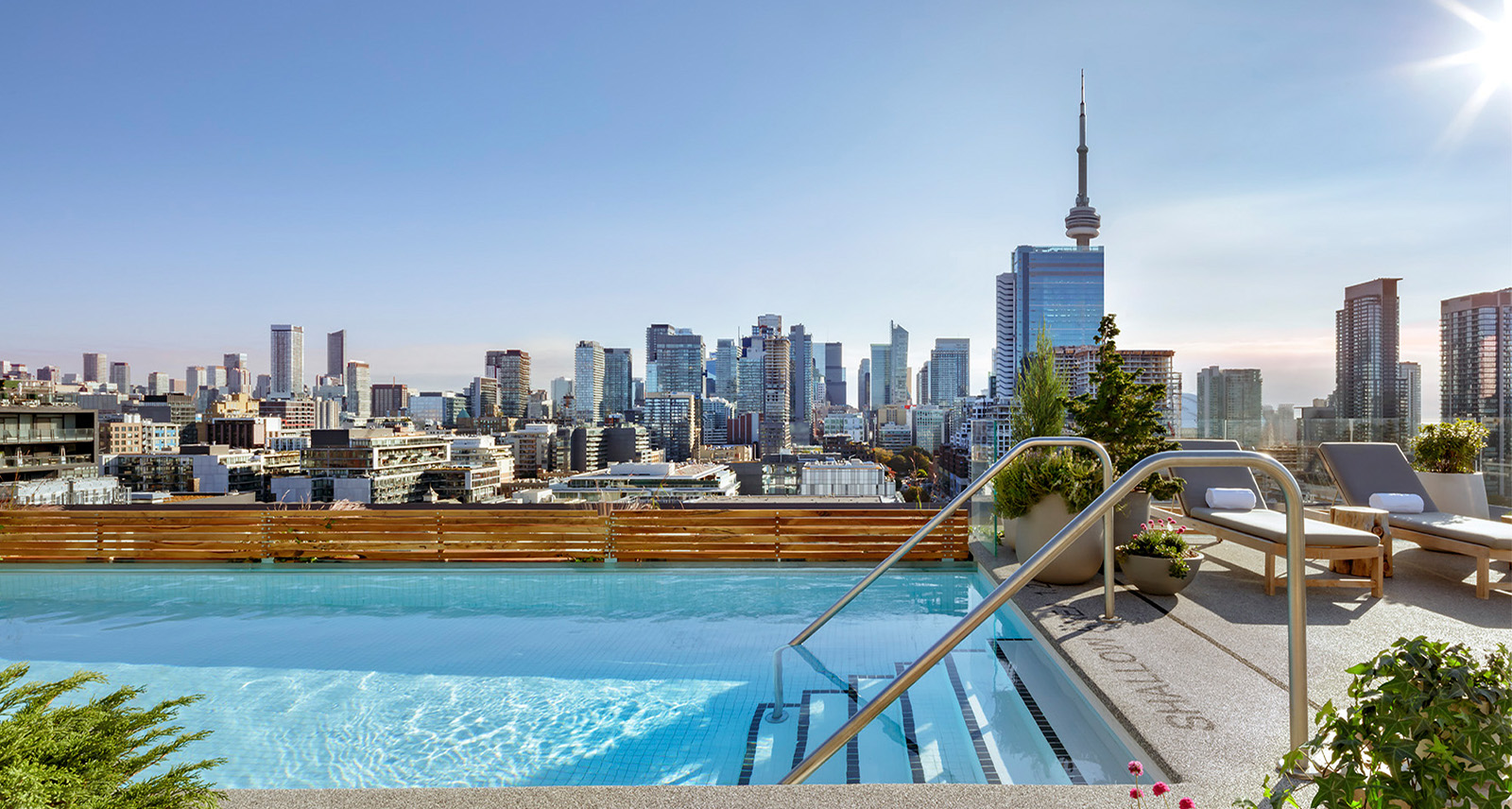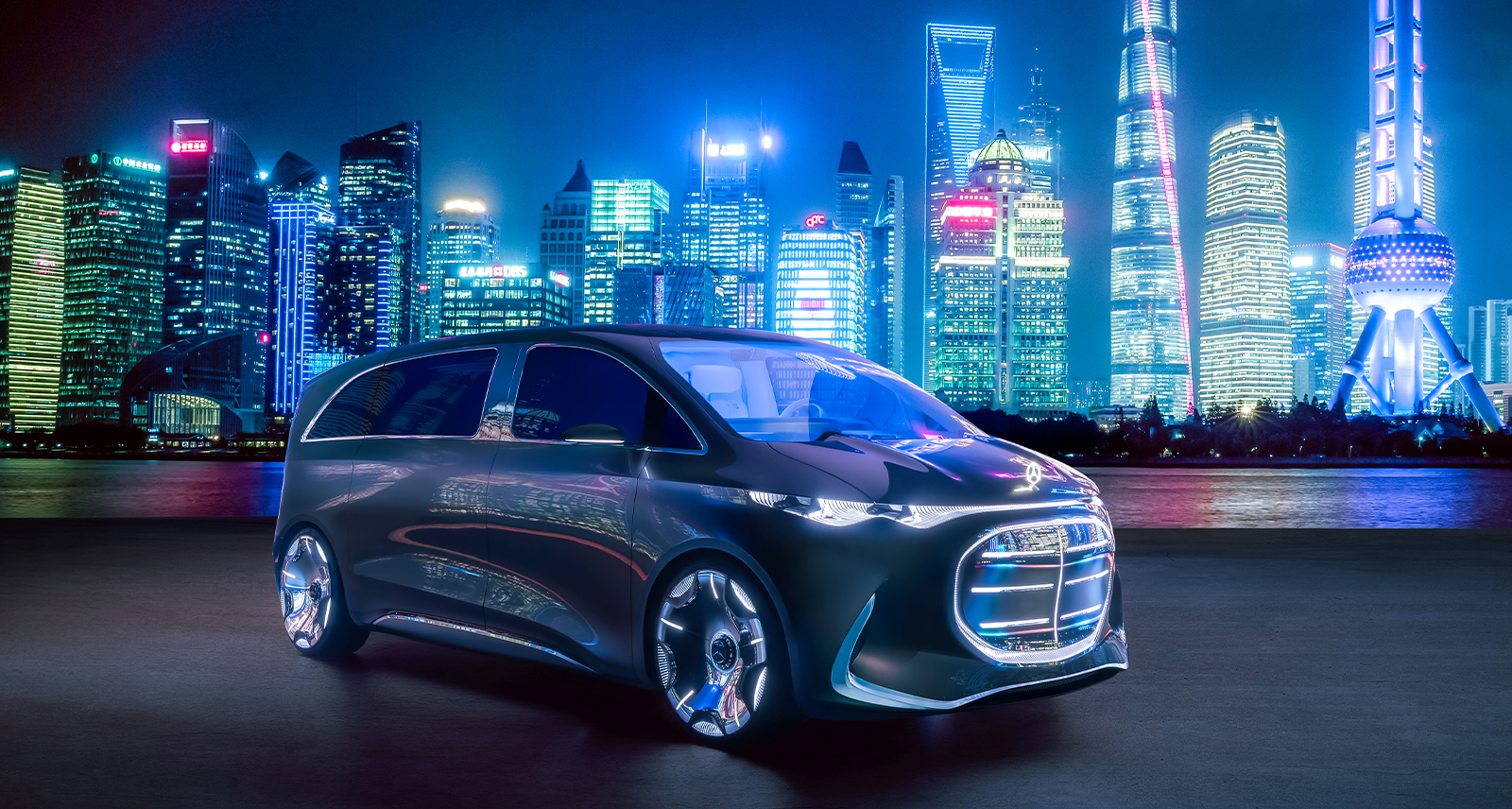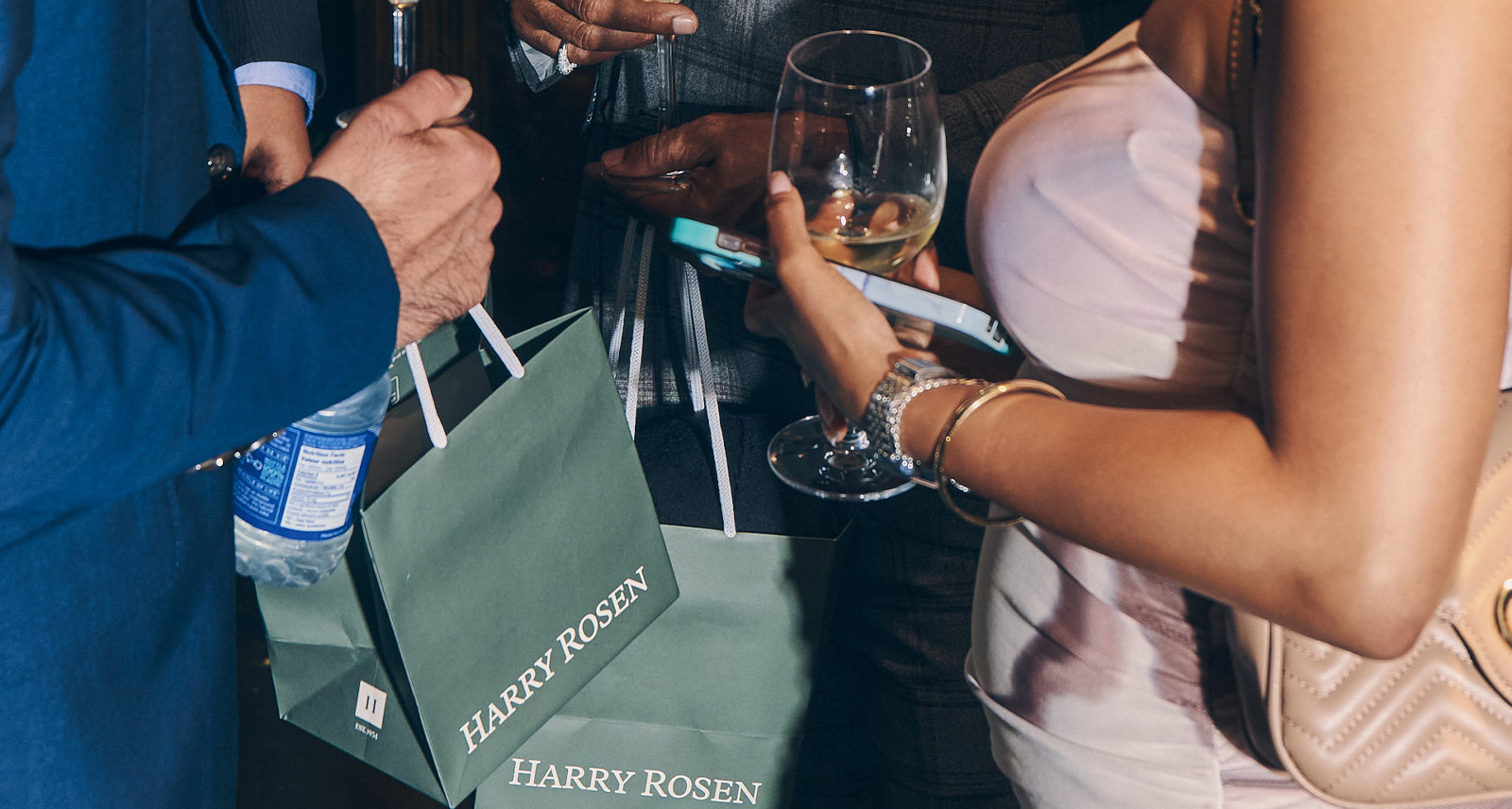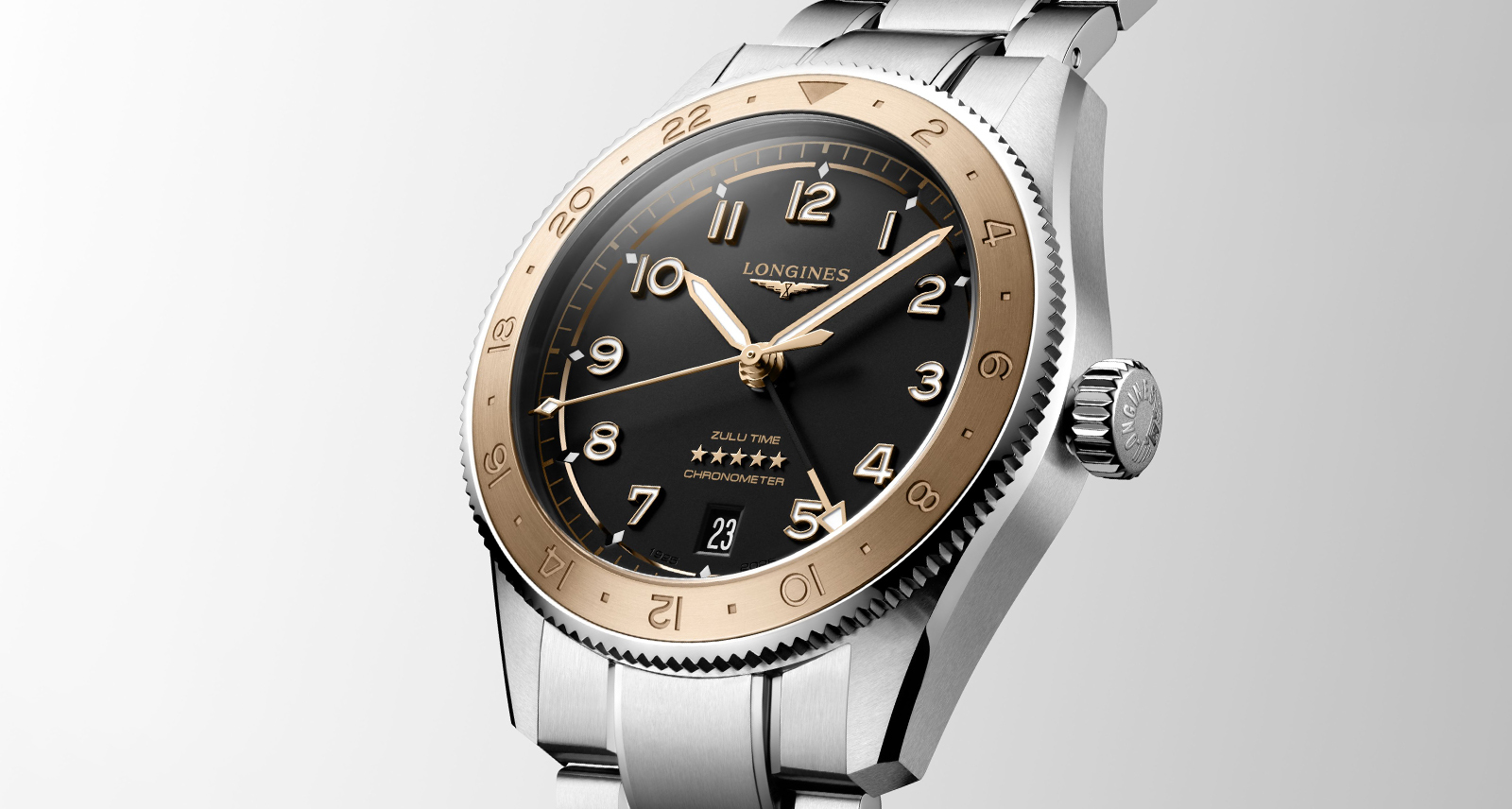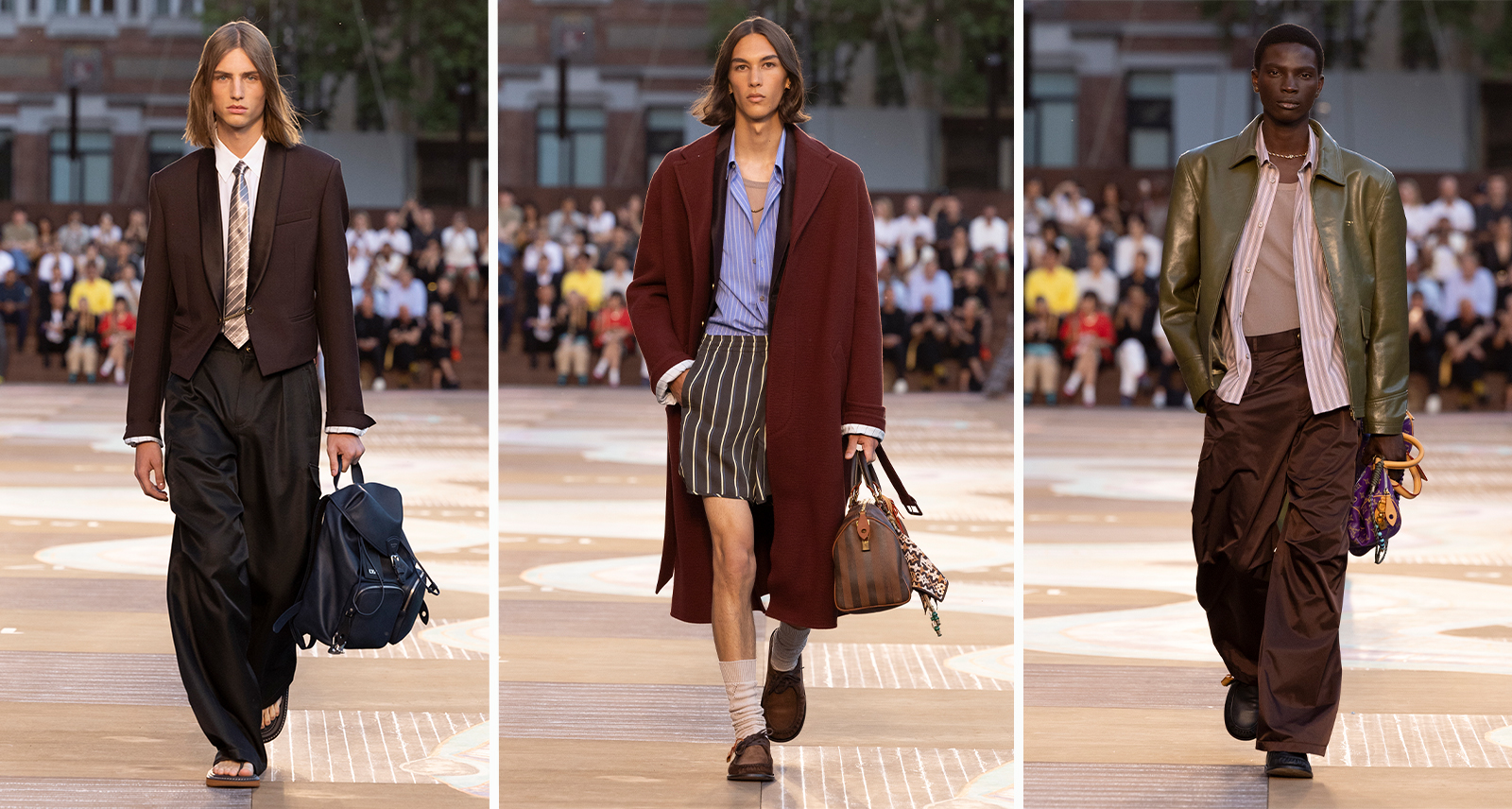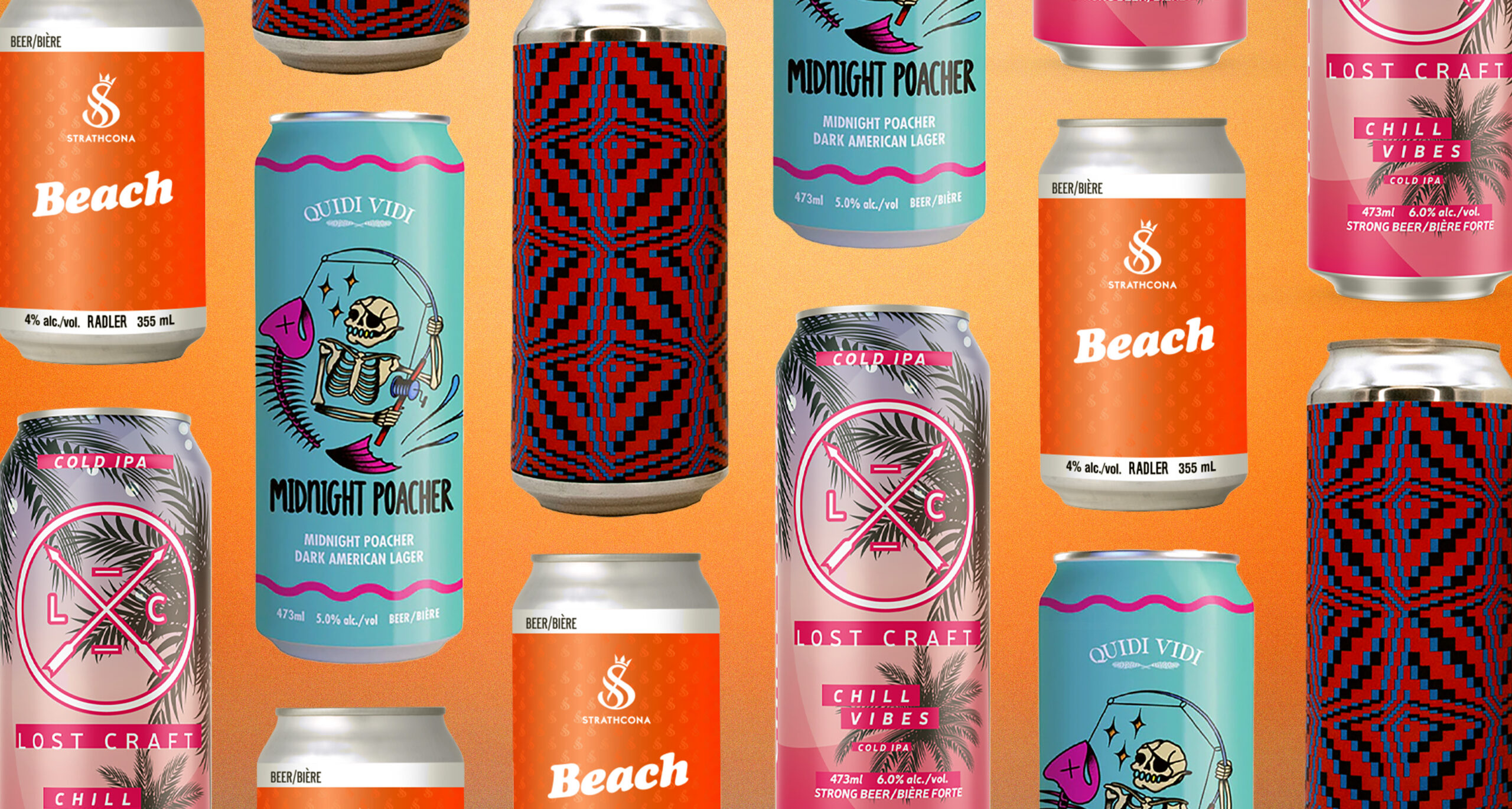Inside a Norwegian Forest, Vestre Is Constructing the World’s Most Sustainable Furniture Factory
“Anyone can design cool stuff, but the world doesn’t need more cool stuff. The world needs things with a purpose,” says Jan Christian Vestre. He is on holiday, seated somewhere along the Norwegian coast. This break — interrupted only by our interview — is a welcome one. As CEO of his family’s historic street furniture company, Vestre, Jan Christian is a busy man, and has spent much of the past year travelling from Oslo to a forest near the village of Magnor on Norway’s eastern edge, just before the Swedish border. Here, inside a thicket of forest, Vestre is constructing the world’s most environmentally friendly furniture factory. Set to be finished in December, The Plus is the biggest investment in Norway’s furniture industry in decades. Designed by Danish starchitect Bjarke Ingels and clad in charred timber, the cross-shaped building will produce Vestre designs — benches, bike racks, planters, and trashcans, among others — while using 90 per cent less energy and producing 55 per cent less carbon emissions than a traditional factory. It owes such accomplishments to details like 1,200 rooftop solar panels, or walls so thick the factory requires less heating when a Scandinavian winter sets in.
Even less conventional, The Plus will not be surrounded by a drab industrial park of concrete and chain-link fences but by a 300-acre forest filled with playground equipment, art installations, woodland auditoriums, and viewing towers. There are no fences. Visitors are, in classic Norwegian fashion, free to roam as they like. Bring a tent and you can spend the night. Bring some walking shoes and you can hike up The Plus’s sloping grass roof to glimpse the forest canopy or peer inside the factory. “Everyone can watch the manufacturing,” says Jan Christian. “[There are] no secrets. We share everything, even with our competitors — because sharing is caring, at least in terms of accelerating the green shift.”
Jan Christian may be at the wheel of one of the world’s most ambitious design brands, but he doesn’t really care about furniture — at least not in terms of details like form or colour. “I’m not sure if I can say that, but that’s the reality,” he says, laughing. “Furniture, to me, is just a tool for bringing people together. Luckily, I have great colleagues that care about selling furniture, so they’re doing that part of the job and I’m focusing on the mission and vision.”
His vision? To turn the business his grandfather started back in 1947 — then a manufacturer of not only benches but playground equipment, fishcake-making machines, and other mechanical products — into the world’s most sustainable furniture brand and a harbinger of global change. The plan is to be a global beacon for “green growth”, proof that economic success isn’t at odds with doing right by the earth and its inhabitants. “Capitalism can be a good thing, but it should be a more social and sustainable capitalism. What I dislike is when private companies say, ‘As long as we can maximize our short-term profits, we shouldn’t think about anything else’ — not the climate crisis or the fact that 800 million people are still living in extreme poverty,” says Jan Christian. “Our goal is not to sell as many pieces of furniture as possible, and my goal is not to become rich or famous, it’s to change the world — and that’s what we’re doing by showing that it is actually possible to do business in a more sustainable way.”
While the family business was, of course, always a topic of conversation around the dinner table, Jan Christian never had ambitions of becoming CEO. But during his first year of law school, when he was busy working with NGOs and climate organizations, his father died of cancer. Jan Christian had a choice: bring in an outsider (“someone with better knowledge and better education; someone better prepared for the task”) or do it himself. “I felt this responsibility for bringing the company forward,” he says.
In 2012, at just 25 years old, Jan Christian officially became Vestre’s CEO. And while, in some strange way, he is something of an outsider to his family’s company — if such a thing is pos- sible — things are, so far, going pretty damn well. Under his leadership, Vestre has improved productivity by more than 50 per cent, expanded into 30 countries, and doubled its annual turnover more than five times, in large part due to a thriving export market outside of Norway. “We probably have the biggest organic growth in our industry in Europe, maybe even in the United States,” says Jan Christian. And today, you’ll find Vestre’s wood and steel benches inside places like Manhattan’s Times Square, where they admirably withstand the wear and tear of the most popular tourist destination on earth.
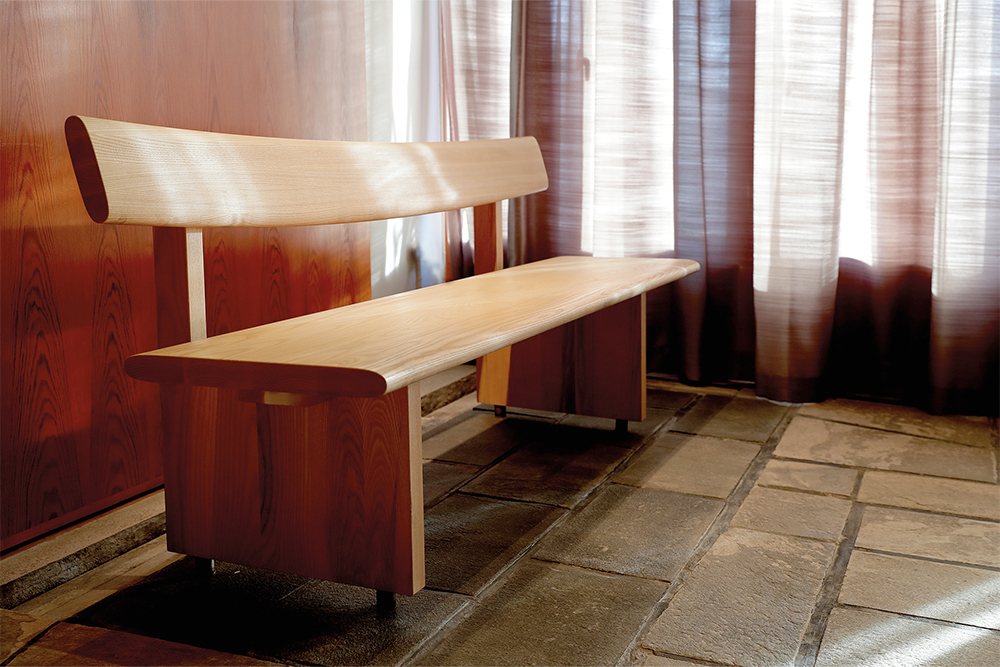
To outsiders, Vestre’s growth may appear as though it’s happened in spite of using 100 per cent renewable energy or the greenest materials on earth in all its manufacturing, or having only emissions-free internal transportation (it was one of the first companies in Norway to order the Tesla semi), or offering lifetime warranties on all their products. (“If all companies stopped creating throwaway solutions, that alone would probably solve the the climate crisis because then we could reduce our energy consumption dramatically.”) Sure, these things all cost money — and yes, there are cheaper products on the market — but Vestre’s moves have dovetailed with shifting consumer values, namely a growing preoccupation with carbon footprints and the climate crisis.
Earlier this year, Vestre broke new ground by becoming the first furniture brand to adopt “environmental product declarations” for its entire product range. Just like Vestre advertises a price tag, it now declares how much carbon dioxide and energy went into a product’s manufacture. The idea is that it will help consumers make better more decisions about the real cost of what they’re buying. And while it’s a move that costs Vestre money right now, it’s one that Jan Christian believes will appeal to a large (and growing) number of consumers.
Jan Christian is convinced that the companies hoping consumer interest in sustainability is just a passing fad are, frankly, screwed. “Those companies and those brands will be out of business a couple of years from now. I am 100 per cent confident in that,” he says. The flip side: the companies that not only talk the talk, but also walk the walk are well-positioned. “It helps to be the first one doing it, even though it’s risky and costs a lot of money,” says Jan Christian. “But someone has to lead the way.”
Vestre’s growing profitability has brought private equity funds calling, but Jan Christian has no intention of letting the company out of family hands. “We want to keep Vestre as a family-owned company because we want to make sure that the values behind the company are still here after 50 years.” In other words, keeping it in the family ensures Vestre will be guided by its moral compass, not short-term profits.
In fact, Vestre often turns down lucrative contracts when they come with thorny strings attached — hostile designs like spikes on ledges, or armrests that prevent sleeping on benches. “I’m not sure if I would have kept my job as CEO if we were owned by some kind of private equity fund,” muses Jan Christian. “[But] hostile design has never been right. If we have a society where some people can’t afford a proper place to live, that’s something we should deal with by political and social reforms. It’s not my job to provide designs [whose] only purpose is to keep the [most vulnerable] members of our societies away from our public spaces.”
For Vestre, the whole point of street furniture is, in fact, to achieve the opposite. Back in 1987, Vestre’s tubular Hvilan bench carried high design out of private homes and into the public at a time when streets and parks were dotted with run-of-the-mill garden benches. For Jan Christian, providing the public with good design is inherently democratic. And while bringing people together has always been Vestre’s goal, it’s become even more important in an era of deepening polarization, withering dialogue, and worsening culture wars. But, unsurprisingly, Jan Christian is convinced that street furniture can help.
When Vestre works with its designers, it encourages them to think not about creating furniture in its most traditional sense, but instead as social installations that facilitate human interac- tion. “Our goal is to bring people together by creating meeting places where people across different cultures and backgrounds can interact and get to know each other, because that’s how we can build mutual trust and togetherness and hopefully contribute to a less polarized world,” says Jan Christian. “I’ve seen so many examples of how our social installations contribute to human interaction in places where people didn’t have any place to sit and talk to strangers and meet new people before.”
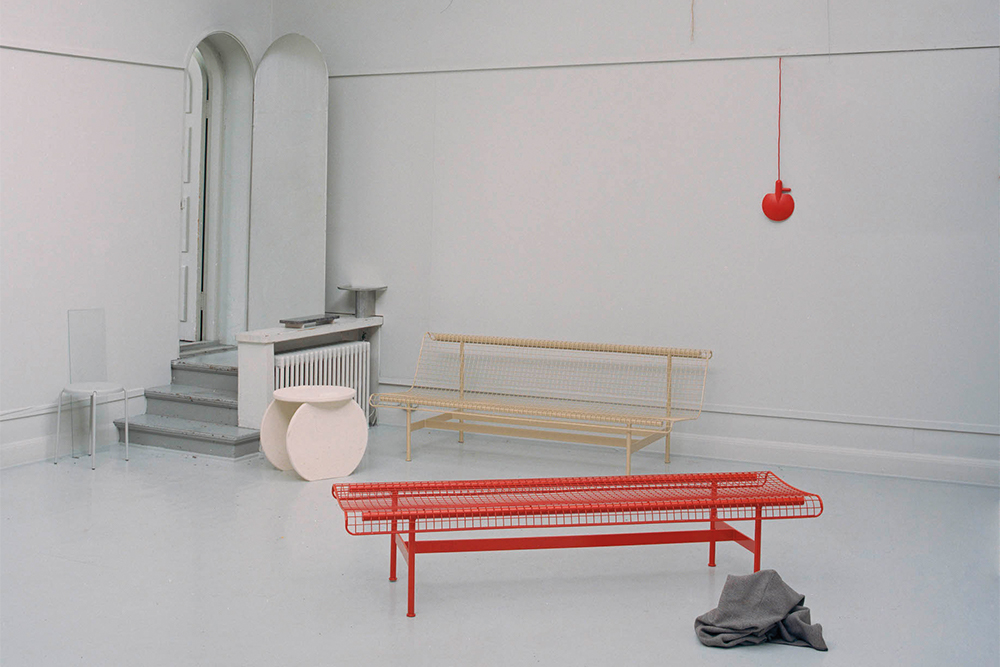
The Plus is, in many ways, just like one of Vestre’s benches or seating areas jacked up on steroids. When it’s completed, it will transform a factory — the most walled-off, least inviting, least social type of building — into a public space to be shared. But Jan Christian dreams big, and, naturally, his hopes for The Plus reach far beyond this stretch of Norwegian forest. If all goes according to plan, the building will be a prototype that could be replicated elsewhere — and it could pose some interesting questions for the future of cities. Namely, if factories aren’t so dirty, ugly, and dangerous, do they need to be walled off in suburban industrial parks? In theory, cleaner, prettier factories could precipitate their return to cities, nearer to where people live. As Jan Christian sees it, this wouldn’t result in the revival of Dickensian Londons, buried under layers of coal soot, but would instead mean less commuting and, therefore, less individual car ownership. “If we can show this is the future of manufacturing, imagine what kind of impact that could have for all the global megacities. That could bring huge change to the world,” he says.
Is it all a bit doe-eyed to think that an outdoor seating area, no matter how sustainably made or pleasing to the eye, could help tackle complex issues like polarization? Or that a new starchitect-designed factory could reorganize cities? Or that one small family-owned furniture manufacturer could prove to the world that economic success and sustainability go hand in hand, ultimately setting off a chain of events to keep impending climate doom at bay? Well, maybe. Probably. But it’s too early to say for sure. Jan Christian’s optimism is welcome and Vestre’s actions even more so. “Talk doesn’t change anything. Real action and bold decisions do,” he says. “[And] yes, maybe it is naive. But I don’t care. Maybe naive people do change the world.”
